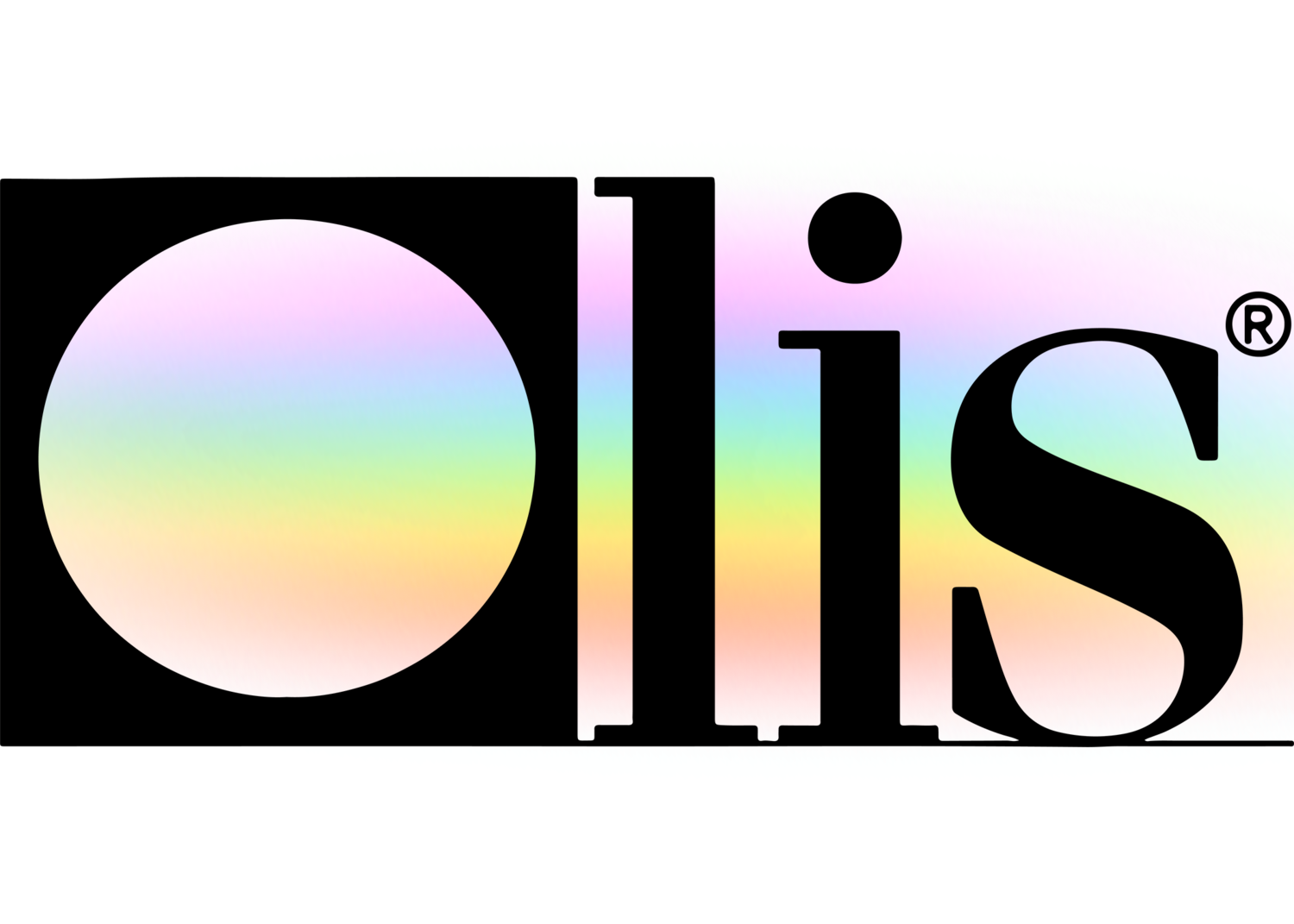Some Of Circular Dichroism
Table of ContentsCircular Dichroism Can Be Fun For AnyoneThe smart Trick of Uv/vis/nir That Nobody is Talking AboutSome Known Incorrect Statements About Uv/vis The smart Trick of Circularly Polarized Luminescence That Nobody is Discussing8 Simple Techniques For Uv/vis

Spectrophotometry is a tool that hinges on the quantitative analysis of particles depending on how much light is absorbed by colored compounds.
Rumored Buzz on Circularly Polarized Luminescence
A spectrophotometer is frequently utilized for the measurement of transmittance or reflectance of solutions, transparent or nontransparent solids, such as polished glass, or gases. Many biochemicals are colored, as in, they soak up visible light and for that reason can be determined by colorimetric procedures, even colorless biochemicals can often be converted to colored substances suitable for chromogenic color-forming responses to yield compounds suitable for colorimetric analysis.: 65 However, they can also be created to determine the diffusivity on any of the listed light ranges that generally cover around 2002500 nm using different controls and calibrations.
An example of an experiment in which spectrophotometry is used is the decision of the balance constant of an option. A certain chemical reaction within an option may happen in a forward and reverse direction, where reactants form items and products break down into reactants. Eventually, this chain reaction will reach a point of balance called a balance point.
Uv/vis/nir - Questions
The quantity of light that goes through the solution is indicative of the concentration of particular chemicals that do not allow light to pass through. The absorption of light is because of the interaction of light with the electronic and vibrational modes of particles. Each type of molecule has a private set of energy levels associated with the makeup of its chemical bonds and nuclei and hence will soak up light of specific wavelengths, or energies, leading to distinct spectral properties.
They are commonly used in lots of industries including semiconductors, laser and optical manufacturing, printing and forensic evaluation, as well as in labs for the research study of chemical substances. Spectrophotometry is frequently utilized in measurements of enzyme activities, decisions of protein concentrations, decisions of enzymatic kinetic constants, and measurements of ligand binding reactions.: 65 Ultimately, a spectrophotometer is able to figure out, depending on the control or calibration, what substances are present in a target and exactly how much through estimations of observed wavelengths.
This would come as a solution to the previously developed spectrophotometers which were unable to soak up the ultraviolet correctly.
Uv/vis - The Facts
It would be discovered that this did not give satisfying results, therefore in Design B, there was a shift from a glass to a quartz prism which enabled better absorbance results - UV/Vis/NIR (http://go.bubbl.us/df2308/dba3?/New-Mind-Map). From there, Design C was born with a modification to the wavelength resolution which wound up having 3 systems of it produced
It was produced from 1941 to 1976 where the rate for it in 1941 was US$723 (far-UV accessories were an alternative at extra expense). In the words of Nobel chemistry laureate Bruce Merrifield, it was "probably the most crucial instrument ever developed towards the advancement of bioscience." Once it ended up being discontinued in 1976, Hewlett-Packard produced the very first commercially readily available diode-array spectrophotometer in 1979 called the HP 8450A. It irradiates the sample with polychromatic light which the sample absorbs depending on its residential or commercial properties. Then it is transmitted back by grating the photodiode array which discovers the wavelength region of the spectrum. Considering that then, the production and implementation of spectrophotometry devices has actually increased tremendously and has actually become one of the most ingenious instruments of our time.

Unknown Facts About Circular Dichroism
Historically, spectrophotometers utilize a monochromator consisting of a diffraction grating to produce the analytical spectrum. The grating can either be movable or fixed. If a single detector, such as a photomultiplier tube or photodiode is utilized, the grating can be scanned step-by-step (scanning spectrophotometer) so that the detector can measure the light look here strength at each wavelength (which will correspond to each "action").
In such systems, the grating is fixed and the strength of each wavelength of light is measured by a various detector in the range. When making transmission measurements, the spectrophotometer quantitatively compares the fraction of light that passes through a referral service and a test service, then digitally compares the strengths of the 2 signals and calculates the percentage of transmission of the sample compared to the reference requirement.
